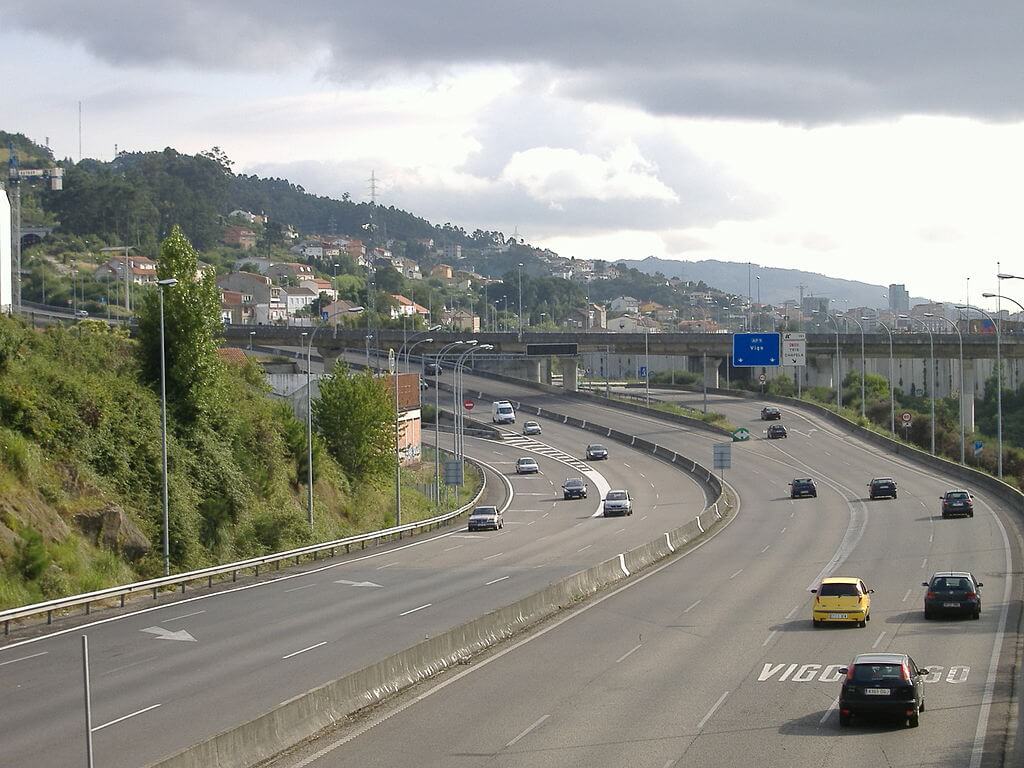Project News
Did you know? 18 Transportation Infrastructure Facts

Air, highway, rail or bridges – whether it’s your morning commute or you’re jet-setting across the globe, chances are you use transportation infrastructure on a daily basis. After all, the U.S. Department of Transportation says each of us drives an average of more than 13,000 miles annually – and that’s just driving – think about all the other ways in which we get from point A to point B. Flatiron Construction has been in the business of getting people from one place to another since 1947, and has become one of the leading transportation contractors in North America.
Check out the following facts about transportation. You might just see your commute in a new light.
- Public transportation is a $56 billion industry that employs nearly 400,000 people (American Public Transportation Association).

- National Transportation Week was started by Congress more than 30 years ago to draw public attention to the importance and benefits of transportation.
- The nation’s transportation infrastructure has a value of $1.75 trillion, about 12 percent of the value of the nation’s total productive assets. Its value is 10 times that of all computers used by American businesses and eight times the value of the entire telephone and telecommunications infrastructure!
- The U.S. has more than 5,400 public airports. Flatiron is currently participating in the expansion of the San Diego International Airport “Green Build.”
- The U.S. has the highest frequency of air travel in the world; 7,431 aircrafts in the U.S. commercial airline fleet as of 2010 (Research and Innovative Technology Administration).
- Each $1 billion spent on the construction of the nation’s infrastructure creates approximately 35,000 jobs. (Road Management & Engineering Journal)
- In 2011, the ASCE’s “Failure To Act” study on surface transportation warned that by 2020, “merely retaining the current levels of funding will add up to $430 billion in added transportation costs for businesses. Further, a lack of efficient transport will cause American export values to fall by $28 billion.”
- Public-private partnerships are picking up at a fast pace in the U.S. 33 states now have P3 legislation on the books. (Engineering News-Record)
- The U.S. Department of Transportation’s Federal Highway Administration released a new report on the nation’s busiest interstates that shows people drove more than 84.7 billion miles on California highways in 2011 – more than 900 times the distance from Earth to the Sun!

- Almost as soon as the San Francisco Oakland Bay Bridge was opened in 1936, traffic on the Bay Bridge exceeded levels predicted for 1950. Today, the San Francisco Oakland Bay Bridge sees an average of 270,000 vehicles daily.
- There is a strong relationship between the nation’s economy and travel on the nation’s highway system. Since the 1930s, growth in the Gross Domestic Product and vehicle-miles of travel reflect strikingly similar patterns. Since the early 1980s, VMT has grown at a slightly higher rate than the GDP.
- In Texas, Flatiron Construction was the consulting manager for the complex arrangement of mainline highway and exit ramp structures at the I-35 and US 183 Interchange in Austin, Texas. This project was performed over live traffic and Austin is the largest city that US-183 passes through.
- Over the years, highway safety has become a paramount public health interest and is emphasized in construction today. The U.S. highway fatality rate has dropped 69 percent since 1970, from 4.5 fatalities per hundred million vehicle miles traveled to 1.37 today. (American Roads and Transportation Builders Associations)
- As of now, railroads don’t receive federal funding to meet growing infrastructure needs. Rail infrastructure is an effective alternative that can counteract the rising increase in truck volumes (projected to double by 2035) and the worsening congestion throughout the system.
- A recent study shows that the average annual hours of delay experienced by commuters has increased from 14 hours per year to a whopping 38 hours. Talk about road rage!

- In an effort to improve the National Bridge Inspection Standards, the FHWA uses 23 specific inspection areas — for example, load limits, sediment loss and inspection frequency — to help identify potential safety issues more easily. (Engineering News-Record)
- According to the AGC of America, over the past quarter century, the number of new lane miles in the United States has only increased by six percent. In contrast, vehicle miles traveled has grown by 157 percent.
- Projected growth in both domestic and foreign trade will fuel increased demand for freight movement. Measured in tons, freight demand will almost double from 16 billion tons today to 31.4 billion tons in 2035, and when looked at in ton-miles, freight will increase nearly two-fold from six trillion ton-miles today to 11 trillion by 2035.
